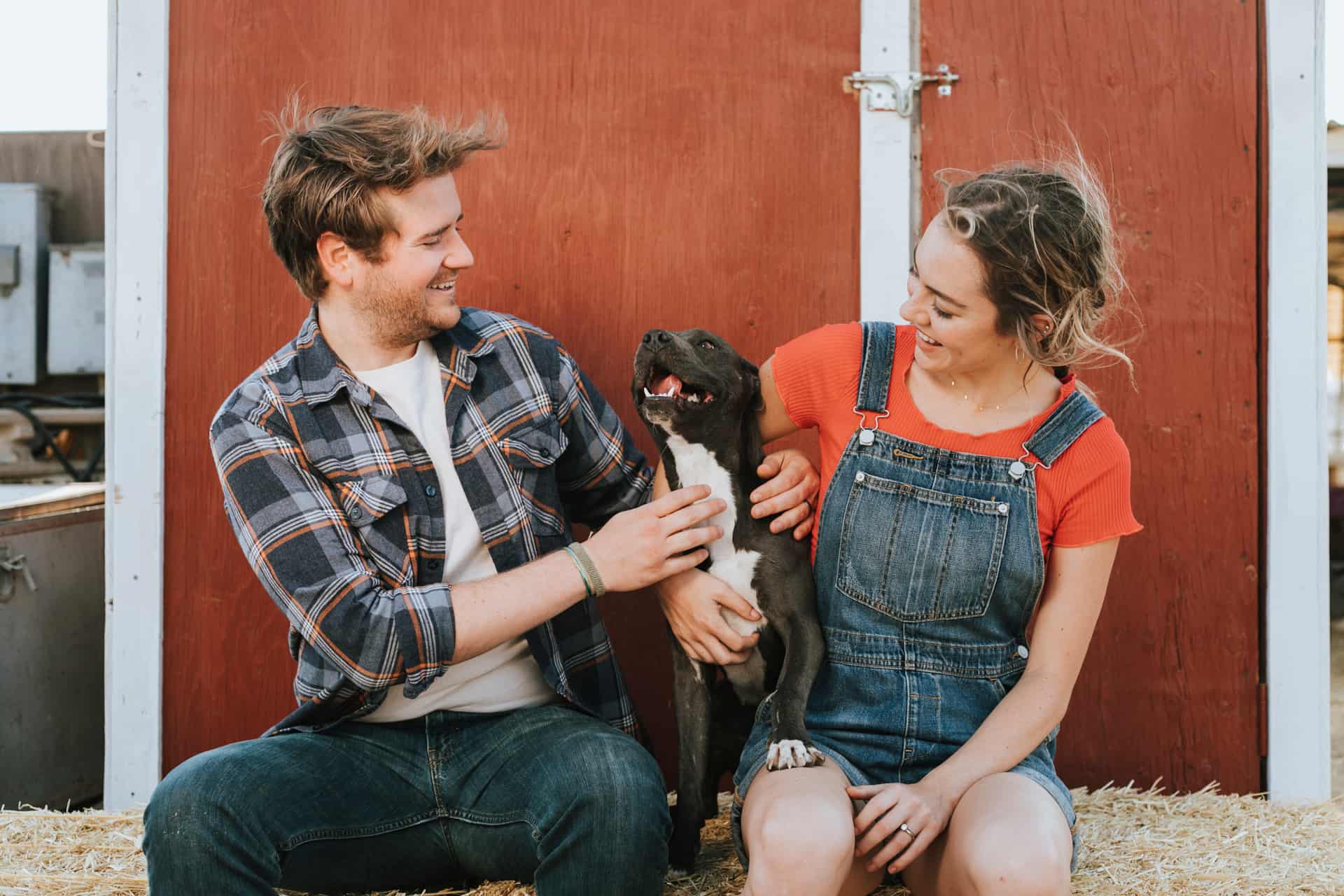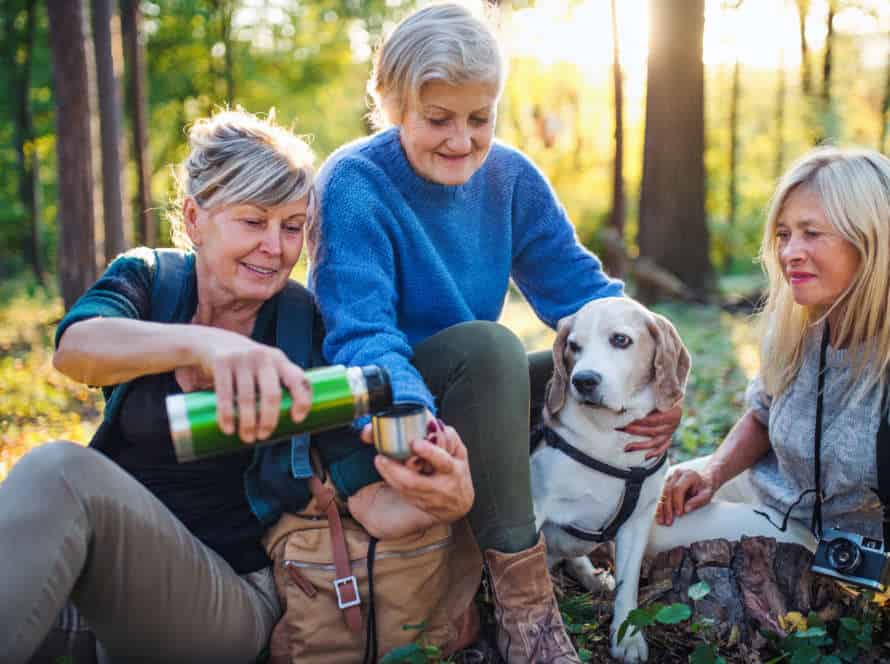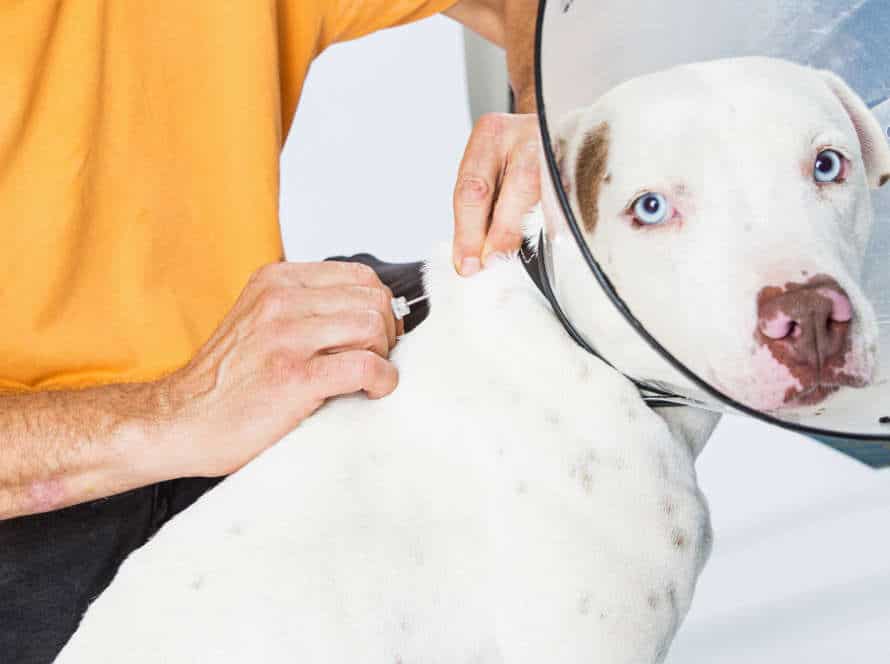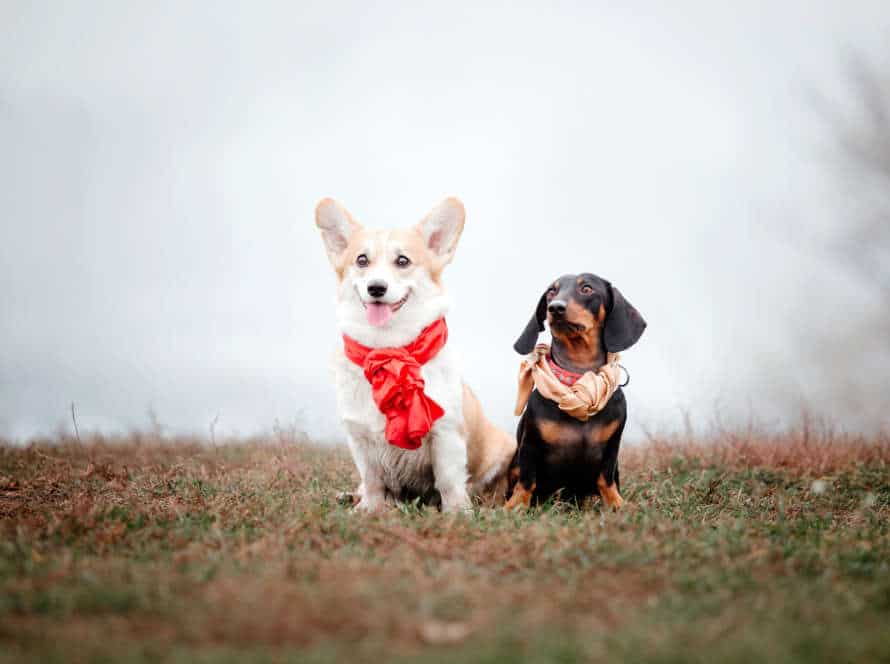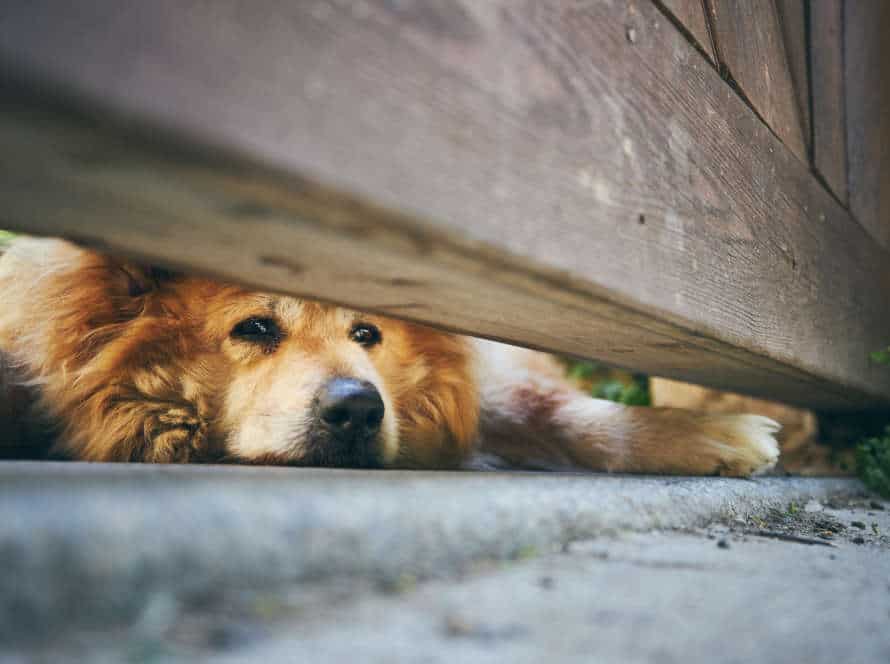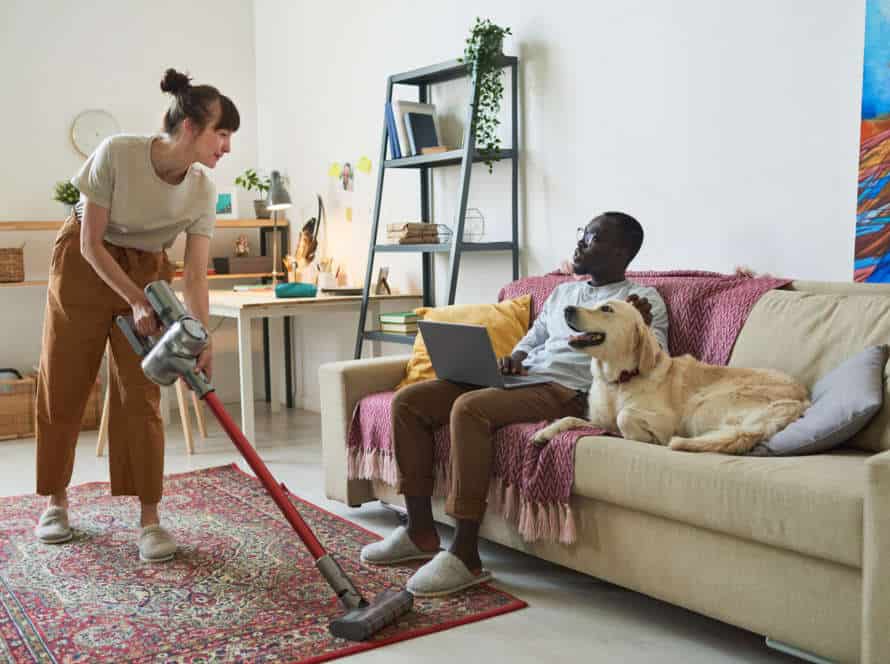Understanding the Training Needs of Rescue Dogs
Rescue dogs are special. They need specific training to do well in their new homes. Knowing their needs is key for a supportive and loving atmosphere. Here are some of their essential needs:
- Socialization Training: Rescued dogs may not have had much socialization. This can lead to fear and stress around people and other dogs. Training can help them become comfy with new experiences and settings.
- Obedience Training: Obedience training is needed to teach them commands like ‘sit’, ‘stay’, ‘come’, and ‘walk on a leash’. This is essential for safety and fitting into their new home.
- Positive Reinforcement Training: Positive reinforcement is the best way to train rescue dogs. This involves rewarding good behavior with praise, treats, or play. This helps them learn and adjust to the new place.
- Patience: Trust issues or emotional problems from past trauma may be present. Patience is necessary to help them adjust and gain trust.
Knowing these training needs is important for providing rescue dogs with love, patience, and structure for a happy life.
Basic Training for Rescue Dogs
Adopting a rescue pooch is a beautiful experience for both the pup and their new family! To give your rescued pup the best chance of success in their new home, it’s important to offer them the correct training. We’ll explore the basics of training a rescue dog in this article. We’ll review the different types of training, key parts of each, and the best ways to help your rescue pup be an obedient and happy pet.
Create a positive environment to learn
Creating a positive environment is essential when training rescue dogs. To understand and meet their training needs, patience, consistency and a welcoming atmosphere are key. Here are some tips to achieve that:
- Begin with basic obedience training and slowly move to more complicated tasks.
- Use positive reinforcement like treats, compliments, toys and playtime to motivate learning.
- Be consistent in your training sessions, commands and rewards.
- Avoid punishment or negative reinforcement like shouting, hitting or leash jerking.
- Provide opportunities for rest and play to prevent stress and exhaustion.
- Most importantly, show your rescue dog patience, kindness and understanding as they adjust to their new home and learn new skills. This will make the learning experience more enjoyable and strengthen the bond between you and your furry friend.
Establish a consistent routine
Creating a consistent routine is key for training your rescue pup. They often have been neglected or traumatized, which means they need extra care and attention while learning. Here are some tips to get started:
- Set regular feeding times.
- Create times for play, exercise and training.
- Give your pup a bed and crate in the same place.
- Reward them with treats and praise when they behave.
- Be patient and consistent with training.
Pro tip: Positive reinforcement, with treats and praise, is often the most successful training method for rescue dogs.
Teach basic commands such as sit, stay, come
Training rescue dogs is important! It boosts their behavior and strengthens the bond with their owners. Here are some tips for teaching basic commands:
- Start with “sit“. Put your hand above their head, say “sit“, and gently push down their hindquarters. Repeat this until they get it.
- Use positive reinforcement like treats or verbal praise.
- Teach “stay” by saying it and making a “stop” gesture. Practice until they stay for a while.
- Use “come” by calling their name or saying “come”. Then, reward them when they come to you.
Consistency, praise and patience are the keys to success in dog training.
Obedience Training for Rescue Dogs
Rescue dogs come with special needs that need extra care. Obedience training can help them to adjust to their new home and teach them valuable skills. It is important to understand your dog’s training needs and how to do the training right. In this section, we’ll discuss why obedience training is vital for rescue dogs and the steps to take for successful training.
Attend obedience classes
Rescuing a pup can bring certain obstacles that need special training to conquer. To help your rescue pup adjust and become a great companion, attending obedience classes is the way to go! Here’s how obedience classes can help:
- Socializing: They give a structured space for your pup to meet other people and dogs and help them be more relaxed around strangers and critters.
- Training: Professional trainers can show you positive reinforcement techniques to use at home. These replace bad behaviors with good ones.
- Behavior: Obedience classes can address common issues, like separation anxiety, too much barking, and leash pulling.
- Trust: Rescued pups may have gone through trauma and abuse. Obedience classes offer a positive atmosphere, helping build trust between pup and owner.
Attending obedience classes is the key to forming a strong bond with your rescue pup and giving them the love and care they deserve.
Find a local obedience class
Rescue dogs need obedience training to help them adjust to their new owners and home. It can also correct any bad behavior they picked up in the past. To meet these training needs, find a local obedience class. Here are some tips to consider:
- Do research and find a reputable, positive reinforcement-based class. Attend a session or two and observe the interactions between the trainers and owners.
- Take your dog’s personality and training needs into account when choosing a class. E.g. If your pup is scared or aggressive towards other dogs, look for classes specially designed for that.
- Be an active participant in the training. Follow instructions and interact with your pup in the class for the best results.
- Remember: Patience, consistency and positive reinforcement are key when training rescue dogs.
Research the class structure and training techniques
Training rescue dogs requires understanding the class structure and the right techniques for them. Other dogs may have had training, but rescues may not have had any. This means we need to recognize their backgrounds to avoid problems and create a successful training environment.
Researching class structures and training methods can help make an effective plan for each rescue dog. Here are key methods to keep in mind:
- Positive reinforcement like clicker training or treat motivation
- Creating a strong bond of trust with your dog for effective communication
- Adapting to your dog’s personality, background, and temperament for overall care
- Pro tip: Regular training and patience are key to getting the best out of rescue dogs during training.
Attend classes regularly
Obedience training is essential for rescue dogs. Attending classes regularly is one of the most important things you can do for their success. Why?
- Consistency: Going to classes often will help your dog understand what’s expected of them and create a routine.
- Socialization: Obedience classes let your rescue dog meet other dogs and people in a safe setting. This is especially vital if they haven’t been around other animals or people much.
- Support: Going to classes regularly gives you the chance to build a relationship with the trainer and classmates. You can get help, advice and encouragement when you need it. Plus, work together to tackle any challenges.
Remember, obedience training requires time, dedication and commitment. But, investing in your rescue dog’s training will bring a happy, healthy, and well-behaved companion.
Use positive reinforcement to train
Positive reinforcement is a great way to train rescue dogs. These dogs might have endured trauma or abuse in the past, so understanding their needs is vital. Here are a few tips for using positive reinforcement:
- Reward good behaviour with treats, praise and toys.
- Avoid punishing or harsh training methods as they could cause fear and nervousness.
- Keep your training consistent, using simple commands and short sessions.
- Show your rescue dog lots of love and affection to build trust.
- Get help from a professional if you need it. They can give advice and support in training.
Remember – each rescue dog could have different requirements. Patience, kindness and consistency are key to forming a bond and helping them feel comfortable in their new home.
Use treats and praise
Rescue pups have special training needs. Positive reinforcement works best, so use treats and praise. Here are some tips:
- Give yummy snacks like chicken or cheese, to celebrate great behavior.
- Fill your pup with joy with a happy voice and lots of love.
- Begin with easy commands like ‘sit’, ‘stay’ and ‘come’, then move on.
- Train in short bursts, so your pup isn’t overwhelmed.
- Steer clear of punishments, as they lead to fear and anxiety.
- Be patient and consistent, and eventually your pup will listen and trust you.
Avoid harsh corrections
Obedience training for rescue dogs is a must. It helps them adjust to their new lives and bond with people/other dogs. Harsh corrections aren’t good. They can make the dog more scared and aggressive. Plus, they destroy trust between you and your pup, which leads to behavioral issues.
Instead, use positive reinforcement. That means treats, toys, and words of praise. This builds a better bond. Patience and consistency are key. And, show your pup lots of excitement when they do something right!
Pro Tip: Get a pro’s help. A dog trainer or behaviorist will understand your dog’s needs and teach you how to use positive reinforcement.
Focus on techniques that promote desired behaviors
When it comes to training a rescue pup, emphasizing techniques that inspire preferred conduct is essential. Here are a few tactics that may work for obedience training:
- Positive reinforcement: Reward desirable behavior with treats, kind words, or playtime. This may urge them to act the same way again.
- Clicker training: Use a clicker to signify good behavior and then reward with a treat or praise.
- Consistency: Keeping similar training strategies and commands can help your pup understand what’s expected.
- Socialization: Introduce your rescue pup to different individuals, places, and conditions. This can help them feel comfortable in new environments.
Comprehending your pup’s particular training requirements and behavior is imperative to make an efficient plan. Be patient and consistent, and always prioritize positive reinforcement over punishment.
House Training for Rescue Dogs
Rescue dogs need extra care. Their past life and surroundings impact their behavior. House training a rescue pup can be tough because they may never have had any training. To make sure their training goes well, it’s key to understand the pup’s needs and have a plan. Here are the fundamentals of house training a rescue pup.
Schedule frequent potty breaks
House training a rescue pup can be tough, but frequent potty breaks are essential for success. They may lack outside training or have bad habits from earlier living. Here’s how to help:
- Set a consistent routine and stay with it to form a pattern.
- Monitor their behaviour and take them out immediately after meals, drinks, or naps.
- Reward them with treats and positive reinforcement when they pee outside.
- Be patient and keep an eye on signs that they need to go.
By having regular potty breaks, you can teach your rescue pup good habits and avoid accidents in the house.
Use positive reinforcement for good behavior
Positive reinforcement is a must for successful house training of rescue dogs. Rewards and words of encouragement will make them repeat good behavior and learn faster. Here are three methods of positive reinforcement:
- Treats – Give the rescue dog a treat immediately after desired behavior.
- Verbal praise – Use positive, enthusiastic language. Give them a pat or scratch behind the ear to support this.
- Attention – Show them positive affection with a cuddle or gentle petting.
Pro Tip: Be consistent when using positive reinforcement – it will help them learn faster.
Be consistent with training methods
Training a rescue pup can be tough. Knowing their past is key! Be consistent with your commands and instructions. This will help them feel safe and secure.
Positive Reinforcement is great. Reward good behavior and they’ll repeat it.
Crate Training can help them feel at ease.
Socialization is important. Let them meet the people, animals, and objects around them.
Consistency is essential. Use the same commands and actions to create a comfortable atmosphere.
Patience, love, and care are the best way to train. Get to know your pup and their needs.
Pro tip: Tailor your training sessions to fit their needs. Understanding them is key!
Socialization Training for Rescue Dogs
Socialization training is key for rescues. To make them beloved pets, they must have exposure to people and situations in a regulated way. Training helps them relate to others, including animals, and become familiar with the new home. Let’s take a peek at socialization training for rescues!
Introduce to new people and animals regularly
Introducing rescue dogs to new people, animals, and environments is important. It helps them adjust to their home and family. This is because rescue dogs usually have difficult backgrounds and may have behavioral issues. Socialization training can help them overcome these fears and become family pets.
Here’s how you can socialize your rescue dog:
- Introduce them to people and animals of different ages, sizes, and temperaments.
- Expose them to different environments, sights, and sounds to reduce anxiety and boost confidence.
- Start with short and positive interactions. Gradually increase the duration and intensity of the exposure.
- Have patience. Use positive reinforcement techniques to reward good behavior.
Monitor interactions closely
Rescue dogs need socialization training as they may have missed out on important stages earlier in life. Monitor interactions closely. When introducing a rescue dog to new humans or animals, observe the body language. Start with short and supervised interactions. Use positive reinforcement, like treats or toys, to reward good behavior. Increase duration and complexity of socialization based on individual dog’s needs and temperament. Monitoring interactions and providing positive reinforcement can help rescue dogs overcome their fears and build confidence in social situations.
Use positive reinforcement for desired behaviors
Positive reinforcement is a great way to teach our rescue dogs! It’s all about encouraging the behaviors we want to see. Not punishing them for the ones we don’t. Here’s how:
- Step 1: Figure out what behavior you’d like to see. For example, playing nicely with other dogs.
- Step 2: When they do it, reward them straight away – like with a treat or kind words.
- Step 3: Keep it up! Consistency is key for reinforcing the behavior and making it a habit.
And remember – be patient! With lots of positive training, your rescue pup will become the best, most social dog around.
Special Considerations for Training Rescue Dogs
Rescue dogs are special. Their past can be traumatic, so they need more attention and patience than others. Unpredictable behavior can be expected. So, it’s vital to take into account the special needs of rescue dogs when training them. That way, success is assured!
Address any existing behavioral issues
Training rescue dogs can be tough, triggered by their history and absence of socialization. It’s key to fix any existing behavioral troubles before beginning. Take these tips into account:
- Monitor your dog’s actions: Spend time studying your pup’s behavior to find any potential health or behavioral problems. If you observe anything suspicious, speak to a vet.
- Get professional help: Consider consulting a certified dog trainer, behaviorist, or vet to diagnose and treat any existing behavior issues.
- Be serene and consistent: It’s important to be patient and consistent in your training. Training may take longer than usual, but with patience and consistency, you can help your pet overcome any behavioral problems.
Remember, rescue dogs need extra love, care, and attention to adjust to a new family. With patience, consistency, and professional assistance, you can help your rescue pup become a happy, well-trained pet.
Adjust training methods based on the dog’s background
It’s important to adjust training for rescue dogs based on their background and history. Each has different behaviors and needs individualized attention. Here are some things to think about:
- Socialization: Control the environment and introduce different people, animals, and situations.
- Training Methods: Use positive reinforcement, no force. Punishment-based methods can lead to fear and aggression.
- Patience: Those with a traumatic past may take more time, so be patient and don’t rush. Training should be gradual.
- Consistency: Structure and routine help create safety and comfort.
- Professional Help: Seek a professional trainer experienced in rehabilitating rescue dogs, especially if there are severe issues.
Stay patient and consistent throughout the training process
Training a rescue pup can be a testing and rewarding experience. It needs patience and consistency. Each rescue pup is different, based on their past and personality. Here are some tips to help you stay consistent:
- Make clear rules and routines. Help your pup understand what you expect.
- Use positive reinforcement. Reward good behavior with treats or compliments.
- Adjust expectations. Reflect your pup’s needs and progress.
- Promote socialization. Have your pup get used to people, places and events in a positive way.
Patience and consistency are the keys to successful training. It may take longer than expected, but with effort and time, you can help your pup become a content and obedient companion.
Frequently Asked Questions
1. What are the most necessary training needs of rescue dogs?
Rescue dogs require obedience training to learn basic commands, socialization to interact with people and other animals, leash and crate training, and behavior modification for any underlying issues they may have.
2. Can I train a rescue dog on my own?
While it is possible to train a rescue dog on your own, seek the help of a professional trainer to ensure they receive the proper training and socialization needed to thrive in their new home.
3. How long does it take to train a rescue dog?
The duration of training depends on the dog’s breed, age, and past experiences. It may take anywhere from a couple of weeks to several months until the dog fully grasps the commands and exhibits positive behavior.
4. Should I give up on a rescue dog that is proving difficult to train?
No, it is crucial not to give up on a rescue dog that is proving difficult to train. Seek the help of a professional trainer who will assess the situation and provide a customized training plan to address the dog’s specific needs.
5. What are cues that my rescue dog needs additional training?
Cues that your rescue dog needs additional training include aggressive behavior, leash pulling, jumping on people, excessive barking, destructive behavior, and not responding to basic commands.
6. Can rescued older dogs still learn new tricks?
Yes, older rescue dogs can still learn new tricks. Although it may take longer, with consistent training and patience, any dog, regardless of age, can learn new skills and behaviors.

